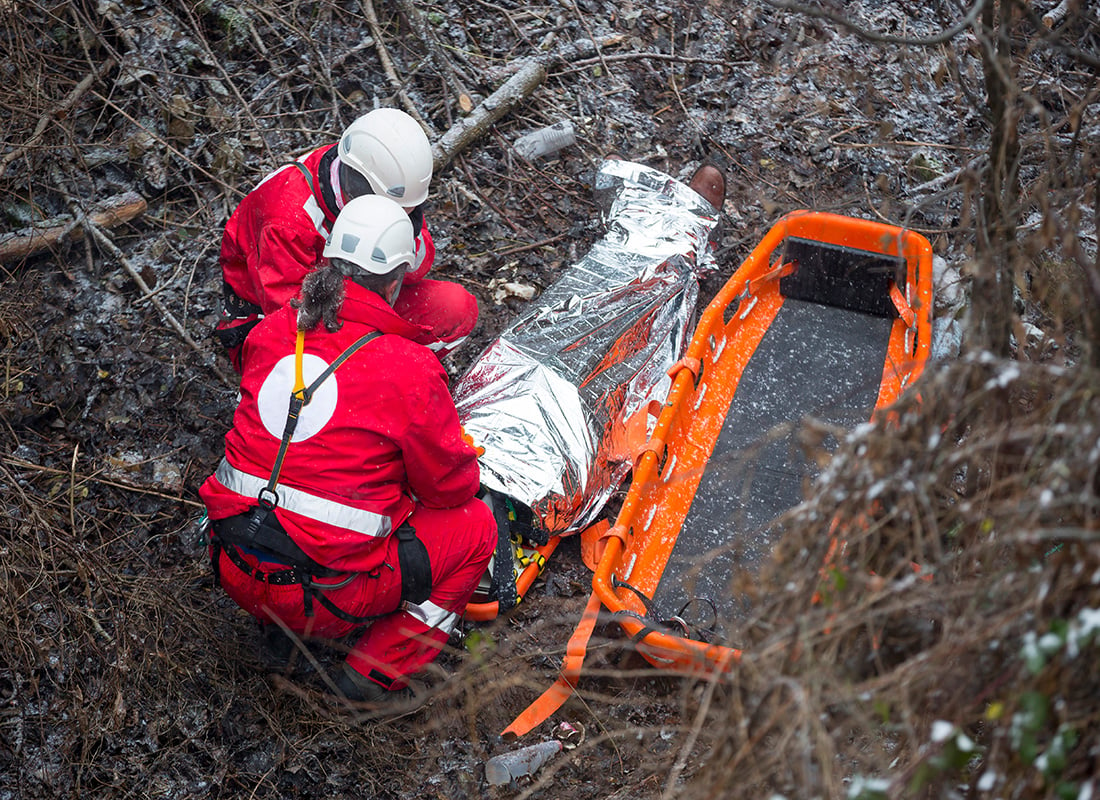ITNOW’s Popular Computer Science (PopCompSci) series highlights the most exciting and unexpected developments in computer science and technology. Today, we take a look at how AI could improve search and rescue services.
A new artificial intelligence system developed by University of Glasgow researchers could transform how search and rescue teams locate missing people in the wilderness by predicting where they’re likely to go based on simulated decision making.
Published in IEEE Access, the research introduces a model of AI ‘agents’ that mimic the behaviour of people who find themselves lost outdoors. These agents make decisions based on psychological states and environmental factors, helping to generate probability ‘heat maps’ of likely locations.
Simulating human behaviour with AI
‘We wanted to understand how people behave when lost — what they see, where they go, and why’, said lead author Jan-Hendrik Ewers from the university’s James Watt School of Engineering.
For you
Be part of something bigger, join BCS, The Chartered Institute for IT.
‘By simulating that behaviour, we can make educated predictions about where missing individuals might end up’, he explained.
The model draws on decades of behavioural research into how people navigate when disorientated. Each AI agent is programmed with a goal such as seeking water, shelter or a path, and makes choices depending on what’s visible in the surrounding landscape. Terrain type and historical data on travel distances from last known positions further refine the predictions.
Testing AI systems
To test the system, researchers simulated lost person scenarios across a digital reconstruction of the Isle of Arran. The AI generated heat maps closely matched real-world findings on where people were most often recovered.
‘This psychological modelling approach is adaptable to any environment’, said co-author Dr David Anderson. ‘That flexibility could help rescue teams not just in mountains, but also deserts, jungles or any remote landscape.’
The team is now exploring ways to combine the AI system with drone technology to boost real-time search capabilities. While additional testing is required, the method shows early promise as a powerful new tool in locating lost individuals using intelligent, data-driven predictions.












